 This story happened in 1778, a time of terrible war. As General George Washington’s troops shivered in their winter camp in Pennsylvania, at Valley Forge, Daniel Boone was hunting out west, in the future state of Kentucky. Nearby, in the forest, his friends were boiling down mineral-rich spring water to make salt for their families in Boonesborough. It was a community of cabins in and around a log stockade, to protect the pioneers from attackers. Of whom were they afraid? The First Nations, who’d been living in the so-called New World for countless generations. Specifically, Daniel Boone’s people feared the Shawnee and Cherokee peoples—and vice versa. The Native Americans were fighting an endless supply of white settlers determined to take their ancestral lands. All through and after the Revolutionary War years, American, British, and Native warriors fought throughout the wilderness west of the Appalachian Mountains and east of the Mississippi River. We know Daniel Boone as a frontier explorer and trailblazer. To the Natives, he was “Wide Mouth,” a leader of the invasion that threatened to end their ways of life forever. So it was a BIG deal when, on a winter day in 1778, Shawnee Chief Blackfish and his warriors captured him! Daniel used all of his wits to work out a trade: In return for making him and his salt-making friends their prisoners, the Shawnee would put off attacking Boonesborough. For ten days, the captives were marched through the snowy woods to Chillicothe, the big Shawnee town in Ohio. The British paid bounties for colonial prisoners, so some of Daniel’s friends were sold. They and others were lost to history, but we know that Daniel had to prove his courage in the gauntlet, dashing between rows of Shawnee warriors, getting hit by clubs. Now, he’d known Natives and studied their ways since he was a boy. To stay safe until he could get back to his family, he knew he needed to let Chief Blackfish do as he wished: adopt him into his tribe. Daniel got scrubbed. He got all of his hair plucked out except for a “scalp lock” atop his head. He got a new name too: Sheltowee or “Big Turtle.” But it was June before he got the chance to escape. Then Daniel ran, hid, hiked, and limped 160 miles home to Boonesborough, in time to prepare for the attack of the angry Shawnee. But that’s another story for another day. 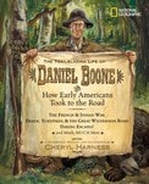 Once again, Cheryl Harness combines lively storytelling with vividly detailed illustrations to transport readers back to an exciting era in American history. During Daniel Boone's 86-year life, Colonial America is transformed into a revolutionary republic, trails morph into roads and highways, and Americans discover new ways to travel—by canal, and by steam-powered boats and trains. Readers journey through these formative milestones in America's great westward expansion with the aid of a time line running along each page, 200-plus illustrations, maps, sidebars, primary-source quotations, and resource lists. For information on The Trailblazing Life of Daniel Boone: How Early Americans Took to the Road, click here. MLA 8 Citation
Harness, Cheryl. "Kidnapped!" Nonfiction Minute, iNK Think Tank, 4 June 2018, www.nonfictionminute.org/the-nonfiction-minute/kidnapped.
0 Comments
Today is a double holiday. It is Columbus Day and Indigenous Peoples' Day. Here's a wonderful story about some Native Americans. 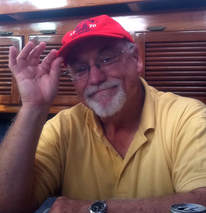 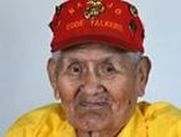 Among the fiercest foes the United States ever fought were its Native Americans. Our Indian Wars blazed over the West after the Civil War and lasted 45 years. It was a bitter struggle on both sides. The U.S. enforced a harsh peace on the warring tribes and didn’t grant Native Americans citizenship until 1924. They weren’t allowed to vote until after WW II. Native American children were often boarded in harsh schools where they were forbidden to speak their own language. But those nearly-lost languages were to save American lives. Even after shoddy treatment from the government in Washington for more than a century, American Natives quickly volunteered to defend “their country” against enemies in World War I France. A group of Choctaw Natives were hurried to the trenches to send critical messages in a language wire-tapping Germans couldn’t possibly understand. In World War II, Comanche Code Talkers waded ashore with our troops on D-Day, June 6, 1944, in Normandy. Our technically advanced enemies in Europe and the Pacific were listening to our radio messages. Mechanically coding and decoding orders could take hours when seconds meant lives. The Code Talkers’ messages in their undecipherable language were quickly delivered, and replies came back immediately. Their tongue was taught orally, never written down, and the Talkers made it even harder by using a shorthand code within a code: a tank was a “turtle,” chay da galli; a fighter plane was a “hummingbird,” da he toh hi. United States Marines in the bloody battles of the Pacific hopped from one Japanese-held island to another with Navajo Code Talkers. The Navajo tongue was even more difficult than the Comanche’s because one word could mean many things when paired with other words, and subtle pronunciation changed meaning. Neither the Comanche nor the Navajo codes were ever broken. The Code Talkers were so successful that their service was kept secret until 1968, when heroic Code Talkers could finally tell their families about their part in winning the war and saving hundreds of thousands of lives. In 2014 Chester Nez, the last of the Navajo Code Talkers, died at 93. Three years earlier he and all 29 of the original Navajo Code Talkers were awarded the Congressional Gold Medal for distinguished service to a country that finally recognized a debt to its Native Americans, and to their language. 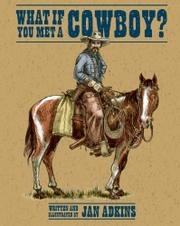 You know all about cowboys, right? They're the good guys in the white hats, carrying six-shooters and wearing fancy boots. Well, no. Cowboys weren't like that at all. Come inside with Jan Adkins and meet Jake Peavy. He's the real deal. Jake's a crackerjack cattle herder but he wears a grubby hat and he limps from when that horse fell on him. He's small, wiry, has bad teeth, and it's been a while since he washed. Come spend some time with Jake, his saddle-mates, and his fleas. You'll learn all about riding the range, roping dogies, and surviving in the down-and-dirty world that was the REAL wild West. For more information, click here. Adkins, great story-teller, is a member of Authors on Call. You can invite him to your classroom using the iNK Zoom Room. For more information look here. MLA 8 Citation
Adkins, Jan. "Code Talkers: Native Americans Come to the Rescue, But Why?" Nonfiction Minute, iNK Think Tank, 6 Mar. 2018, www.nonfictionminute.org/ the-nonfiction-minute/code-talkers-native-americans-come-to-the-rescue-but-why.  Do you know that the Plains Indians lived in North America for centuries before they got horses? These people were nomads, moving from place to place through the seasons as they sought protection from winter weather and hunted for buffalo, their main source of food. Can you imagine how difficult it was, walking many miles in soft moccasins across the rough prairie ground with only dogs to help carry their possessions? The dogs dragged goods on a travois, a set of wooden poles strapped together. A big, strong dog could manage a load of just seventy-five pounds or less. It took an Indian band a long time to get from one place to another, and the people couldn’t bring very many things along. Then, in the 1500s, Spanish explorers and settlers brought horses with them to North America. Indian slaves in the Southwest took care of the horses on Spanish ranches but were forbidden to ride them. Of course they figured out how useful horses were, and soon the Apache tribe had horses. In 1680, the Indians rebelled against the Spanish, driving them out of New Mexico and forcing them to leave many horses behind. From then on, horses spread northward and by 1750, tribes all the way into Canada had horses. These powerful animals revolutionized Indian culture. With horses, the Indians could ride instead of walk. They could bring along more goods, as a horse could drag a travois load of three hundred pounds. Just five horses could transport everything needed by a family, including enough buffalo hides to make a big, comfortable tepee. Old or sick family members could be carried along on a travois as well. Just as the Indians were embracing the horse, European Americans were moving into Indian lands, forcing some tribes to move westward onto the prairie and adopt the horse culture. Within a generation, Indians became supreme horsemen and used horses to hunt buffalo and to wage warfare. They fought against one another as well as against the U.S. Army, which was trying to clear the way for white settlers to make their homes on the prairie. By the late 1800s, the Plains tribes had been beaten and forced to live on reservations. The Indians still value their horses, competing with them in rodeos and races as well as for recreation and transportation. 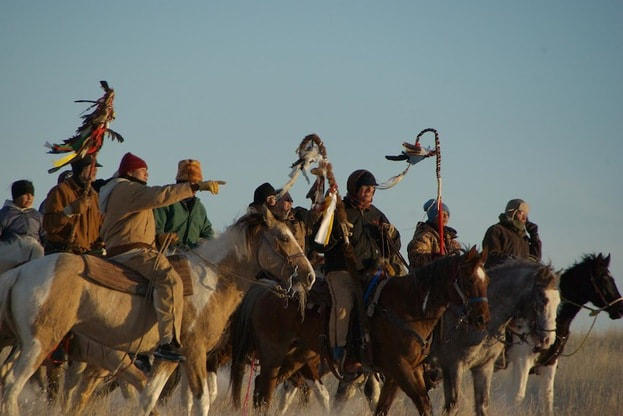 Every winter, a group of young Indians show their pride in their cultural traditions by challenging themselves to repeat the frigid 287-mile ride of Lakota Chief Big Foot and his band to Wounded Knee, South Dakota, where they were massacred by the U.S. Army in December, 1890. Indian Teens, Wm. Munoz 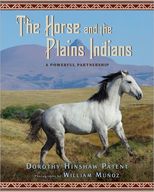 Dorothy Hinshaw Patent says about her book, The Horse and the Plains Indians: "This book was truly a labor of love and respect. Within a few years of acquiring horses after the Spanish brought them to America, Indians became among the greatest horsemen in the world and created vibrant new horse-related aspects to their cultures. I wanted to communicate these achievements to young people and to show them that despite all they have suffered at the hands of European American culture, the Indians heart and soul attachment to horses endures." For more information, click here. Dorothy Hinshaw Patent is a member of iNK's Authors on Call and is available for classroom programs through Field Trip Zoom, a terrific technology that requires only a computer, wifi, and a webcam. Click here to find out more. MLA 8 Citation
Patent, Dorothy Hinshaw. "How Horses Revolutionized the Lives of the Plains Indians." Nonfiction Minute, iNK Think Tank, 5 Mar. 2018, www.nonfictionminute.org/the-nonfiction-minute/ How-Horses-Revolutionized-the-Lives-of-the-Plains-Indians.  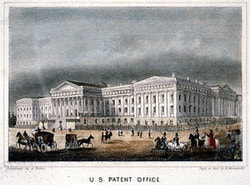 Old Patent Office Building Old Patent Office Building Every year, many thousands of visitors to Washington DC make their way to the crossing of 8th and F Streets, to an enormous building with many columns. Once it was the US Patent Office Building. Now it’s the Smithsonian American Art Museum. And there, up on the third floor, those visitors might well admire a BIG statue of Egypt’s Cleopatra VII, at the moment when she was dying in the summer of 30 B.C. She was carved in Italy, out of snow-white marble. When people first saw it in Philadelphia, in 1876, at America’s big 100th birthday party, they were so surprised to discover that the sculptor was a woman! Still more unusual, she was an African American. Her name was Mary Edmonia Lewis. Her ancestors came from Africa, Haiti, and the Native American Ojibwa (or Chippewa) tribe. She grew up in western New York. With money her big brother made mining for gold out west, talented Edmonia went to Ohio’s Oberlin College, but not for long. Two white girls there lied, saying she tried to poison them, then a bunch of people beat her up. So her brother helped her settle in Boston, where she learned to sculpt. By age 20, Ms. Lewis had her own sculpture studio. She was so successful that she was able to leave racist, Civil War-torn America in 1865, to sculpt and study in Rome. When she heard the glorious news that the war was over and America’s slaves were emancipated, she celebrated by sculpting an African American man and woman, unchained. In the years after she created her dying Cleopatra, both the artist and her masterpiece were lost to history. But now we know that Ms. Lewis ended her days in England, in 1907. Her Cleopatra wound up in Washington DC. But there’s a little more to tell. About the time Ms. Lewis left for Italy, President Abraham Lincoln’s 2nd Inaugural Ball was held, March 6, 1865, at the old Patent Office Building when it was new. Little did he know that, in about five weeks, he’d be mortally wounded over at Ford’s Theatre. Or that the building where he and his wife were dancing would be a treasure house of art, including a dying queen sculpted by a great African American artist.
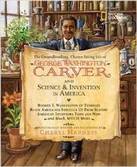 The multi-talented hands of Cheryl Harness create another winning combination of history, biography, and illustration in George Washington Carver and Science & Invention in America, the inspiring story of a man who rose from slavery to worldwide fame as America’s plant doctor. Cheryl Harness’ lively narrative follows Carver as he pioneers hundreds of new uses for plants and revolutionizes American agriculture. Her vivid illustrations are an invitation to step back in time and become an active participant in this compelling story. MLA 8 Citation
Harness, Cheryl. "Edmonia's Statues." Nonfiction Minute, iNK Think Tank, 29 May 2018, www.nonfictionminute.org/the-nonfiction-minute/Edmonias-Statues. |
*NEWS
|
For Vicki Cobb's BLOG (nonfiction book reviews, info on education, more), click here: Vicki's Blog
The NCSS-CBC Notable Social Studies Committee is pleased to inform you
that 30 People Who Changed the World has been selected for Notable Social Studies Trade Books for Young People 2018, a cooperative project of the National Council for the Social Studies (NCSS) & the Children’s Book Council
Categories
All
Abolitionists
Adams Janus
Adaptation
Adaptations
Adkins Jan
Advertising
Aerodynamics
Africa
African American History
African Americans
Africa West
Agriculture
Aircraft
Air Pilots
Air Pressure
Air Travel
Albee Sarah
Alchemy
Alligators
Allusion
American History
American Icons
Amphibians
Amundsen Roald
Anatomy
Ancient
Ancient Cultures
Anderson Marian 1897-1993
Animal Behavior
Animal Experimentation
Animal Intelligence
Animals
Animation
Antarctica
Ants
Apache Indians
Apes
April Fool's Day
Architecture
Argument
Arithmetic
Art
Art Deco
Artists
Arts
Asia
Astronauts
Astronomy
Athletes
Atomic Theory
Audubon Societies
Authors
Autobiography
Automobiles
Aviation
Awards
Bacteria
Baseball
Battuta Ibn
Bears
Beatles
Beavers
Bees
Biodegradation
Biography
Biology
Biomes
Biomimicry
Biplanes
Birds
Black Death
Black History
Blindness
Blizzards
Bombs
Bonaparte Napoleon
Boone Daniel
Botany
Brazil
Bridges
Brill Marlene Targ
Brooklyn Bridge
Brown John
Buffaloes
Building Materials
Butterflies
Caesar
Caesar Julius
Caissons
Calculus
Calendars
Cannibal
Capitals
Caravaggio
Carbon Dioxide
Carnivores
Carson Mary Kay
Cartoons & Comics
Carving (Decorative Arts)
Cascade Range
Castaldo Nancy
Castles
Castrovilla Selene
Cathedrals
Cats
Caves
Celts
Cemeteries
Chemistry
Children's Authors
Child Welfare
China
Choctaw Indians
Christmas
Chronometers
Cicadas
Cinco De Mayo
Ciphers
Circle
Citizenship
Civil Rights
Civil Rights Movements
Civil War
Civil War - US
Climate
Climate Change
Clocks And Watches
Clouds
Cobb Vicki
COBOL (Computer Language)
Code And Cipher Stories
Collard III Sneed B.
Collectors And Collecting
Color
Commerce
Communication
Competition
Compilers
Composers
Computers
Congressional Gold Medal
Consitution
Contests
Contraltos
Coolidge Calvin
Cooling
Corms
Corn
Counterfeiters
Covid-19
Crocodiles
Cryptography
Culture
Darwin Charles
Declaration Of Independence
Decomposition
Decompression Sickness
Deep-sea Animals
Deer
De Medici Catherine
Design
Detectives
Dickens Charles
Disasters
Discrimination
Diseases
Disney Walt
DNA
Dogs
Dollar
Dolphins
Douglass Frederick 1818-1895
Droughts
Dr. Suess
Dunphy Madeleine
Ear
Earth
Earthquakes
Ecology
Economics
Ecosystem
Edison Thomas A
Education
Egypt
Eiffel-gustave-18321923
Eiffel-tower
Einstein-albert
Elephants
Elk
Emancipationproclamation
Endangered Species
Endangered-species
Energy
Engineering
England
Englishlanguage-arts
Entomology
Environmental-protection
Environmental-science
Equinox
Erie-canal
Etymology
Europe
European-history
Evolution
Experiments
Explorers
Explosions
Exports
Extinction
Extinction-biology
Eye
Fairs
Fawkes-guy
Federalgovernment
Film
Fires
Fishes
Flight
Floods
Flowers
Flute
Food
Food-chains
Foodpreservation
Foodsupply
Food-supply
Football
Forceandenergy
Force-and-energy
Forensicscienceandmedicine
Forensic Science And Medicine
Fossils
Foundlings
France
Francoprussian-war
Freedom
Freedomofspeech
French-revolution
Friction
Frogs
Frontier
Frontier-and-pioneer-life
Frozenfoods
Fugitiveslaves
Fultonrobert
Galapagos-islands
Galleys
Gametheory
Gaudi-antoni-18521926
Gender
Generals
Genes
Genetics
Geography
Geology
Geometry
Geysers
Ghosts
Giraffe
Glaciers
Glaucoma
Gliders-aeronautics
Global-warming
Gods-goddesses
Gold-mines-and-mining
Government
Grant-ulysses-s
Grasshoppers
Gravity
Great-britain
Great-depression
Greece
Greek-letters
Greenberg Jan
Hair
Halloween
Handel-george-frederic
Harness Cheryl
Harrison-john-16931776
Health-wellness
Hearing
Hearing-aids
Hearst-william-randolph
Henry-iv-king-of-england
Herbivores
Hip Hop
History
History-19th-century
History-france
History-world
Hitler-adolph
Hoaxes
Holidays
Hollihan Kerrie Logan
Homestead-law
Hopper-grace
Horses
Hot Air Balloons
Hot-air-balloons
Housing
Huguenots
Human Body
Hurricanes
Ice
Icebergs
Illustration
Imagery
Imhotep
Imperialism
Indian-code-talkers
Indonesia
Industrialization
Industrial-revolution
Inquisition
Insects
Insulation
Intelligence
Interstatecommerce
Interviewing
Inventions
Inventors
Irrational-numbers
Irrigation
Islands
Jacksonandrew
Jazz
Jeffersonthomas
Jefferson-thomas
Jemisonmae
Jenkins-steve
Jet-stream
Johnsonlyndonb
Jokes
Journalism
Keeling-charles-d
Kennedyjohnf
Kenya
Kidnapping
Kingmartinlutherjr19291968
Kingmartinlutherjr19291968d6528702d6
Kings-and-rulers
Kings Queens
Kings-queens
Koala
Labor
Labor Policy
Lafayette Marie Joseph Paul Yves Roch Gilbert Du Motier Marquis De 17571834
Landscapes
Languages-and-culture
Law-enforcement
Layfayette
Levers
Levinson Cynthia
Lewis And Clark Expedition (1804-1806)
Lewis Edmonia
Liberty
Lift (Aerodynamics)
Light
Lindbergh Charles
Liszt Franz
Literary Devices
Literature
Lizards
Longitude
Louis XIV King Of France
Lumber
Lunar Calendar
Lynching
Macaws
Madison-dolley
Madison-james
Madison-james
Mammals
Maneta-norman
Maneta-norman
Marathon-greece
Marine-biology
Marine-biology
Marines
Marsupials
Martial-arts
Marx-trish
Mass
Massachusetts-maritime-academy
Mass-media
Mastodons
Mathematics
May-day
Mcclafferty-carla-killough
Mcclafferty-carla-killough
Mckinley-william
Measurement
Mechanics
Media-literacy
Media-literacy
Medicine
Memoir
Memorial-day
Metaphor
Meteorology
Mexico
Mickey-mouse
Microscopy
Middle-west
Migration
Military
Miners
Mississippi
Molasses
Monarchy
Monsters
Montgomery
Montgomery-bus-boycott-19551956
Montgomery-heather-l
Monuments
Moon
Moran-thomas
Morsecode
Morsesamuel
Moss-marissa
Moss-marissa
Motion
Motion-pictures
Mummies
Munro-roxie
Munro-roxie
Musclestrength
Museums
Music
Muslims
Mythologygreek
Nanofibers
Nanotechnology
Nathan-amy
Nathan-amy
Nationalfootballleague
Nationalparksandreserves
Nativeamericans
Native-americans
Native-americans
Naturalhistory
Naturalists
Nature
Nauticalcharts
Nauticalinstruments
Navajoindians
Navigation
Navy
Ncaafootball
Nervoussystem
Newdeal19331939
Newman-aline
Newman-aline
Newton-isaac
New-york-city
Nobelprizewinners
Nomads
Nonfictionnarrative
Nutrition
Nylon
Nymphs-insects
Oaths Of Office
Occupations
Ocean
Ocean-liners
Olympics
Omnivores
Optics
Origami
Origin
Orphans
Ottomanempire
Painters
Painting
Paleontology
Pandemic
Paper-airplanes
Parksrosa19132005
Parrots
Passiveresistance
Patent Dorothy Hinshaw
Peerreview
Penguins
Persistence
Personalnarrative
Personification
Pets
Photography
Physics
Pi
Pigeons
Pilots
Pinkertonallan
Pirates
Plague
Plains
Plainsindians
Planets
Plantbreeding
Plants
Plastics
Poaching
Poetry
Poisons
Poland
Police
Political-parties
Pollen
Pollution
Polo-marco
Populism
Portraits
Predation
Predators
Presidentialmedaloffreedom
Presidents
Prey
Prey-predators
Prey-predators
Prime-meridian
Pringle Laurence
Prohibition
Proteins
Protestandsocialmovements
Protestants
Protestsongs
Punishment
Pyramids
Questioning
Radio
Railroad
Rainforests
Rappaport-doreen
Ratio
Reading
Realism
Recipes
Recycling
Refrigerators
Reich-susanna
Religion
Renaissance
Reproduction
Reptiles
Reservoirs
Rheumatoidarthritis
Rhythm-and-blues-music
Rice
Rivers
Roaringtwenties
Roosevelteleanor
Rooseveltfranklind
Roosevelt-franklin-d
Roosevelt-theodore
Running
Russia
Safety
Sanitation
Schwartz David M
Science
Scientificmethod
Scientists
Scottrobert
Sculpture
Sculpturegardens
Sea-level
Seals
Seals-animals
Secretariesofstate
Secretservice
Seeds
Segregation
Segregationineducation
Sensessensation
September11terroristattacks2001
Seuss
Sextant
Shackletonernest
Shawneeindians
Ships
Shortstories
Silkworms
Simple-machines
Singers
Siy Alexandra
Slavery
Smuggling
Snakes
Socialchange
Social-change
Socialjustice
Social-justice
Socialstudies
Social-studies
Social-studies
Sodhouses
Solarsystem
Sound
Southeast-asia
Soybean
Space Travelers
Spain
Speech
Speed
Spiders
Spies
Spiritualssongs
Sports
Sports-history
Sports-science
Spring
Squirrels
Statue-of-liberty
STEM
Storms
Strategy
Sugar
Sumatra
Summer
Superbowl
Surgery
Survival
Swanson-jennifer
Swinburne Stephen R.
Synthetic-drugs
Taiwan
Tardigrada
Tasmania
Tasmanian Devil
Tasmanian-devil
Technology
Tecumsehshawneechief
Telegraph-wireless
Temperature
Tennis
Terrorism
Thomas Peggy
Thompson Laurie Ann
Time
Titanic
Tombs
Tortoises
Towle Sarah
Transcontinental-flights
Transportation
Travel
Trees
Trung Sisters Rebellion
Tundra
Turnips
Turtles
Typhoons
Underground Railroad
Us-environmental-protection-agency
Us History
Us-history
Ushistoryrevolution
Us History Revolution
Us-history-war-of-1812
Us Presidents
Ussupremecourtlandmarkcases
Vacations
Vaccines
Vangoghvincent
Vegetables
Venom
Vietnam
Viruses
Visual-literacy
Volcanoes
Voting-rghts
War
Warne-kate
Warren Andrea
Washington-dc
Washington George
Water
Water-currents
Wax-figures
Weapons
Weather
Weatherford Carole Boston
Whiting Jim
Wildfires
Winds
Windsor-castle
Wolves
Woman In History
Women
Women Airforce Service Pilots
Women-airforce-service-pilots
Womeninhistory
Women In History
Women-in-science
Women's History
Womens-roles-through-history
Wonder
Woodson-carter-godwin-18751950
World-war-i
World War Ii
World-war-ii
Wright Brothers
Writing
Writing-skills
Wwi
Xrays
Yellowstone-national-park
Zaunders Bo
ArchivesMarch 2021
February 2021
January 2021
December 2020
November 2020
October 2020
September 2020
June 2020
May 2020
April 2020
March 2020
February 2020
January 2020
December 2019
October 2019
September 2019
August 2019
July 2019
May 2019
April 2019
March 2019
February 2019
January 2019
December 2018
November 2018
September 2018
June 2018
May 2018
April 2018
March 2018
February 2018
January 2018
December 2017
November 2017
October 2017
September 2017
March 2017
The NONFICTION MINUTE, Authors on Call, and. the iNK Books & Media Store are divisions of iNK THINK TANK INC.
a 501 (c) (3) nonprofit corporation. To return to the iNK Think Tank landing page click the icon or the link below. :
http://inkthinktank.org/
For more information or support, contact thoughts@inkthinktank.org
For Privacy Policy, go to
Privacy Policy
© COPYRIGHT the Nonfiction Minute 2020.
ALL RIGHTS RESERVED.
This site uses cookies to personalize your experience, analyze site usage, and offer tailored promotions. www.youronlinechoices.eu
Remind me later
Archives
March 2023
February 2023
January 2023
December 2022
November 2022
October 2022
September 2022
June 2022
May 2022
April 2022
March 2022
February 2022
January 2022
December 2021
November 2021
September 2021
April 2021
March 2021
February 2021
November 2020
October 2020
September 2020
June 2020
May 2020
April 2020
March 2020
February 2020
January 2020
October 2019
August 2019
July 2019
May 2019
April 2019
December 2018
September 2018
June 2018
May 2018
March 2018
February 2018
January 2018
December 2017
November 2017
October 2017
September 2017


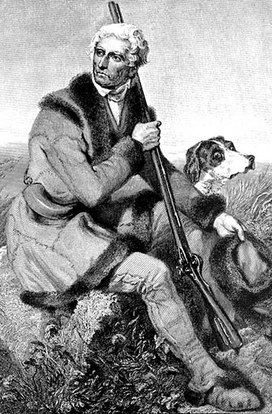
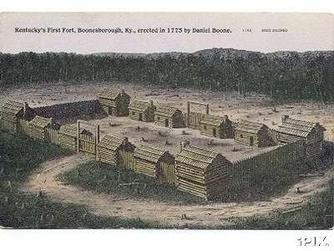
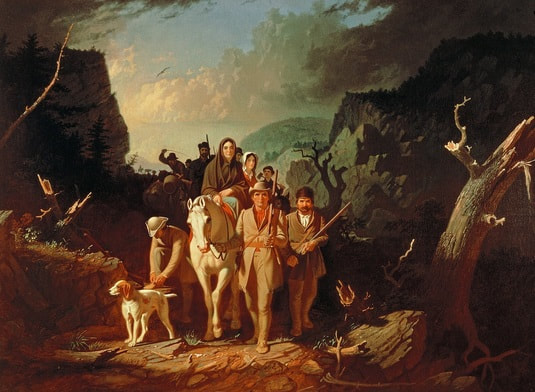


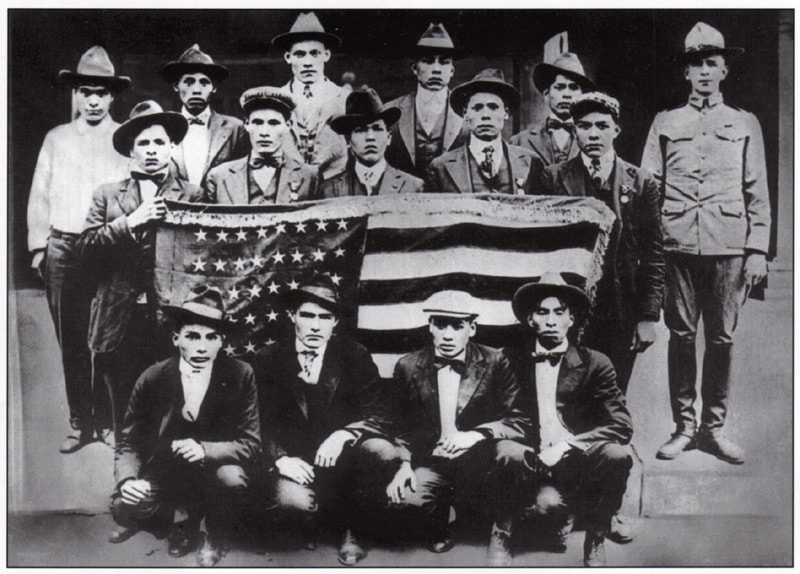
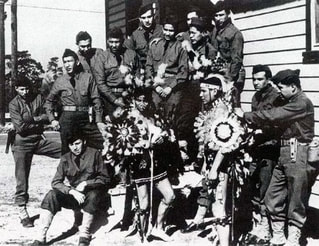
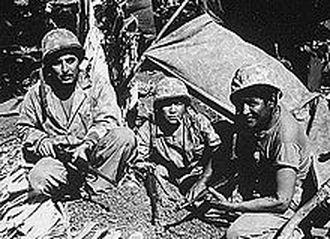
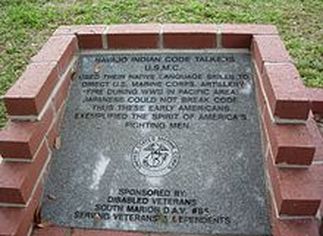
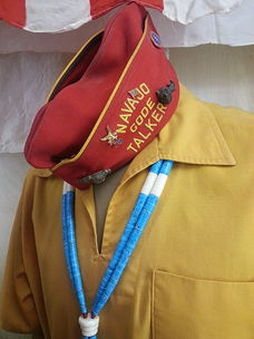


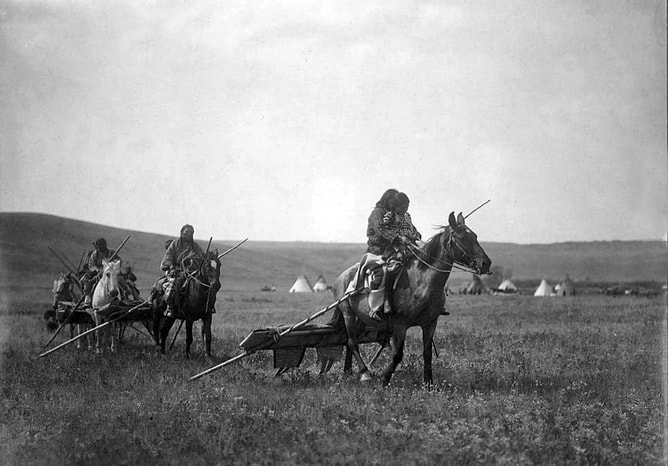
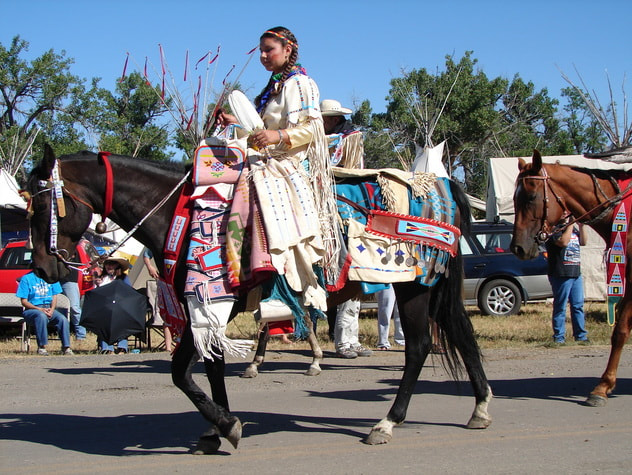
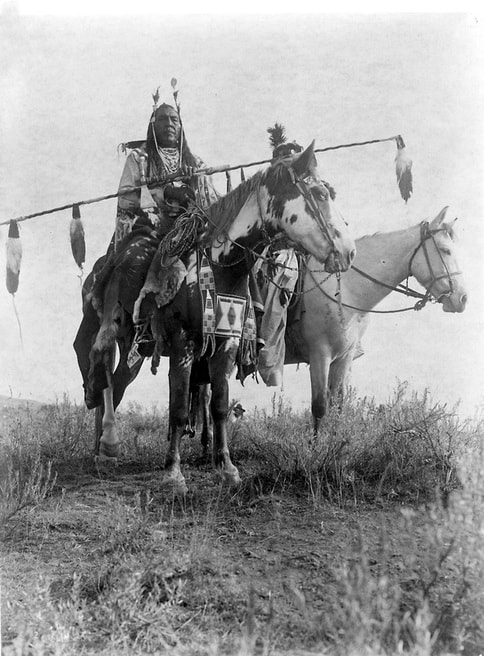


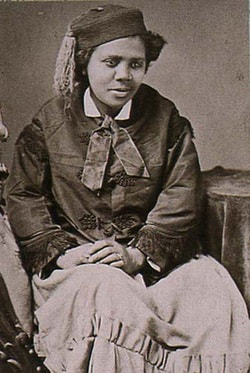
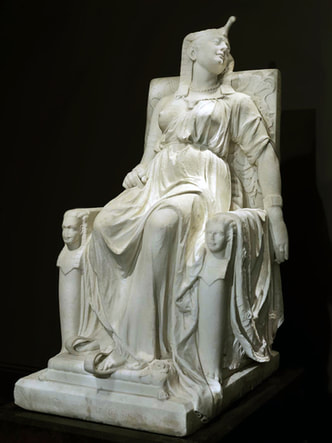
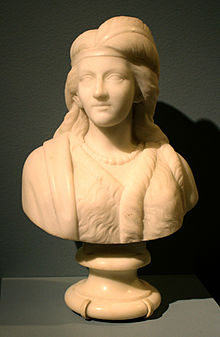
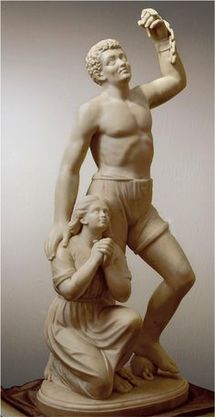

 RSS Feed
RSS Feed
